03 - ‘Tintin in America’ (1932) || Radio Tintin

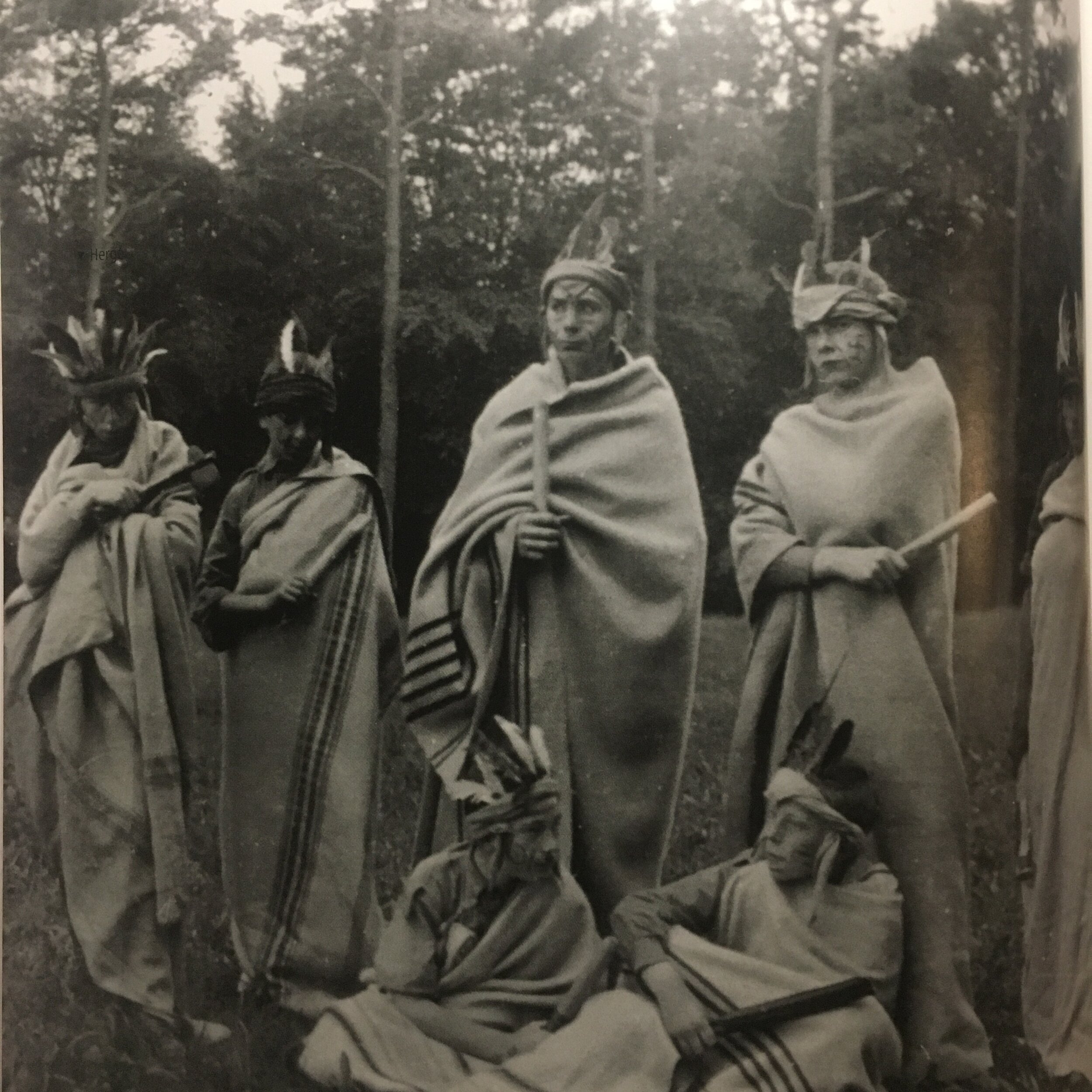
Herge had long-been fascinated by various tribes of the Native Americans. Here is is seen dressed up as members along with the rest of his scout troop on August 1, 1922. (Herge is on the far left).
Daubert, Michel, and Hergé . Tintin: the Art of Hergé. Abrams ComicArts, 2018.

Herge heavily-utilised the 1930 book Scenes de la vie future (Scenes From Future Life) by Georges Duhamel and a special edition of the magazine Le Crapouillot (literally The Motar Shell) dedicated to American life to inform his understanding of American life.
Farr, Michael. Tintin: the Complete Companion. Egmont, 2011.
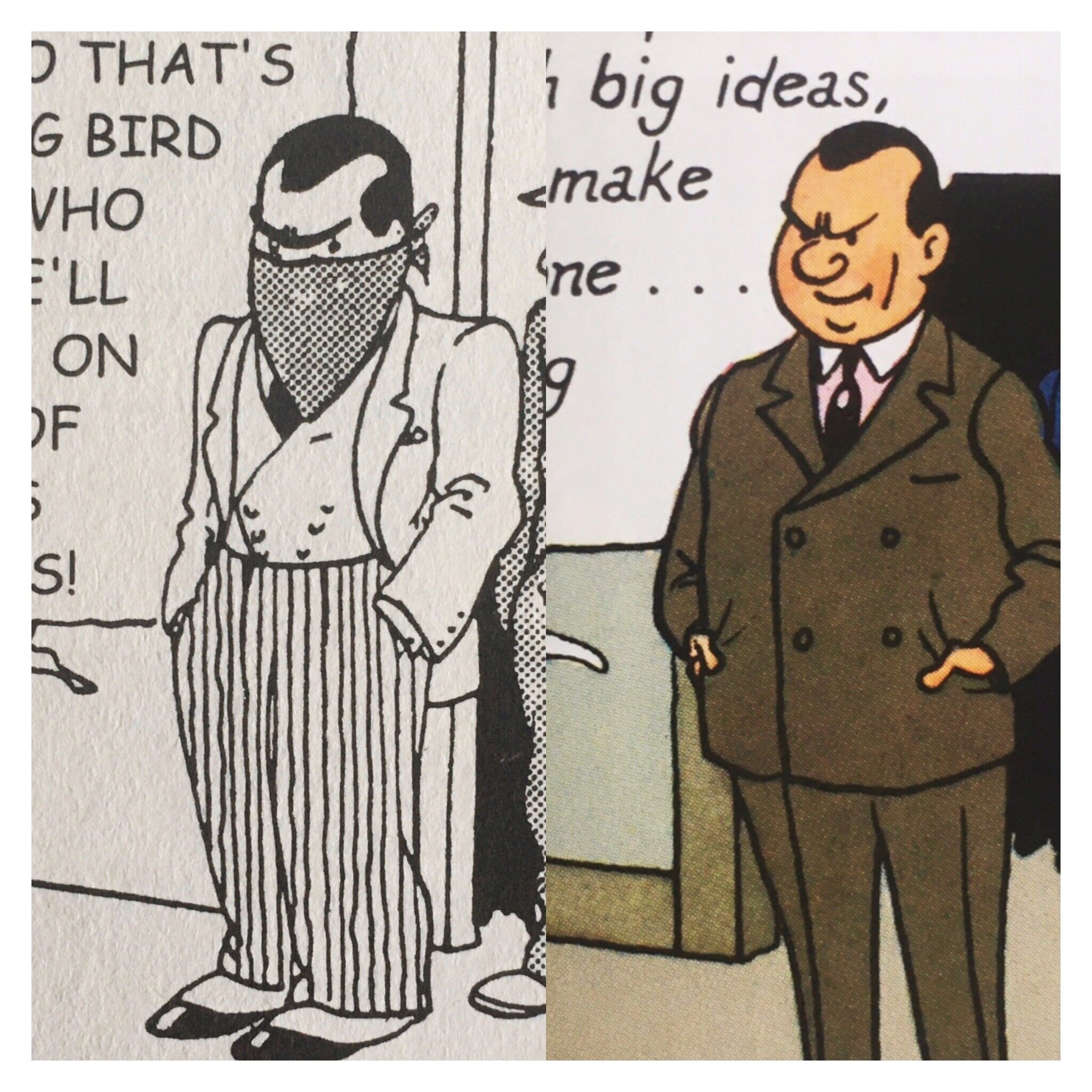
Al Capone remains the only real-life figure to appear in the Tintin series, though he is masked in the original edition (for some reason).
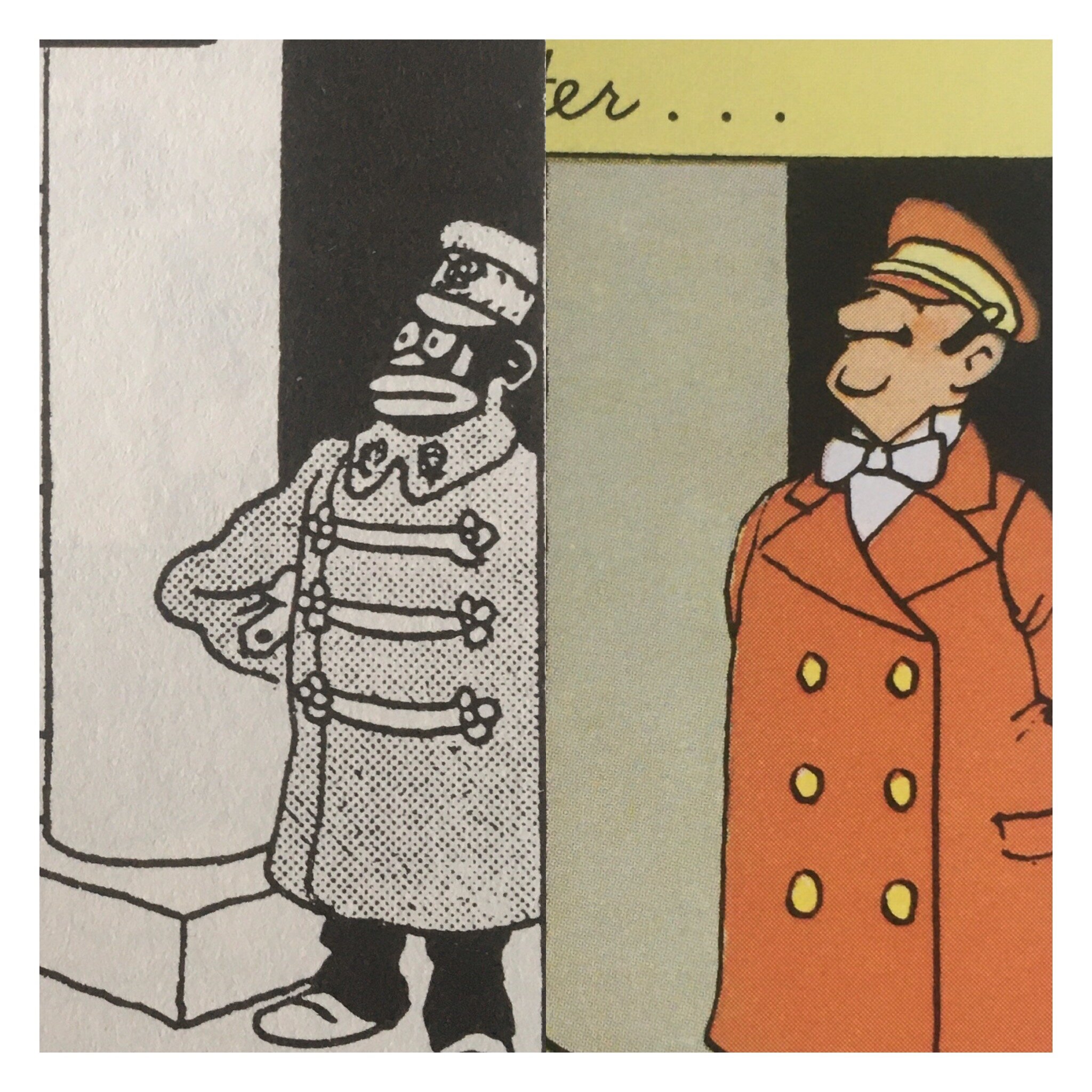
All African-American characters were redrawn for the American edition of the story at the behest of publishers, who considered it controversial to depict a racially-integrated society.
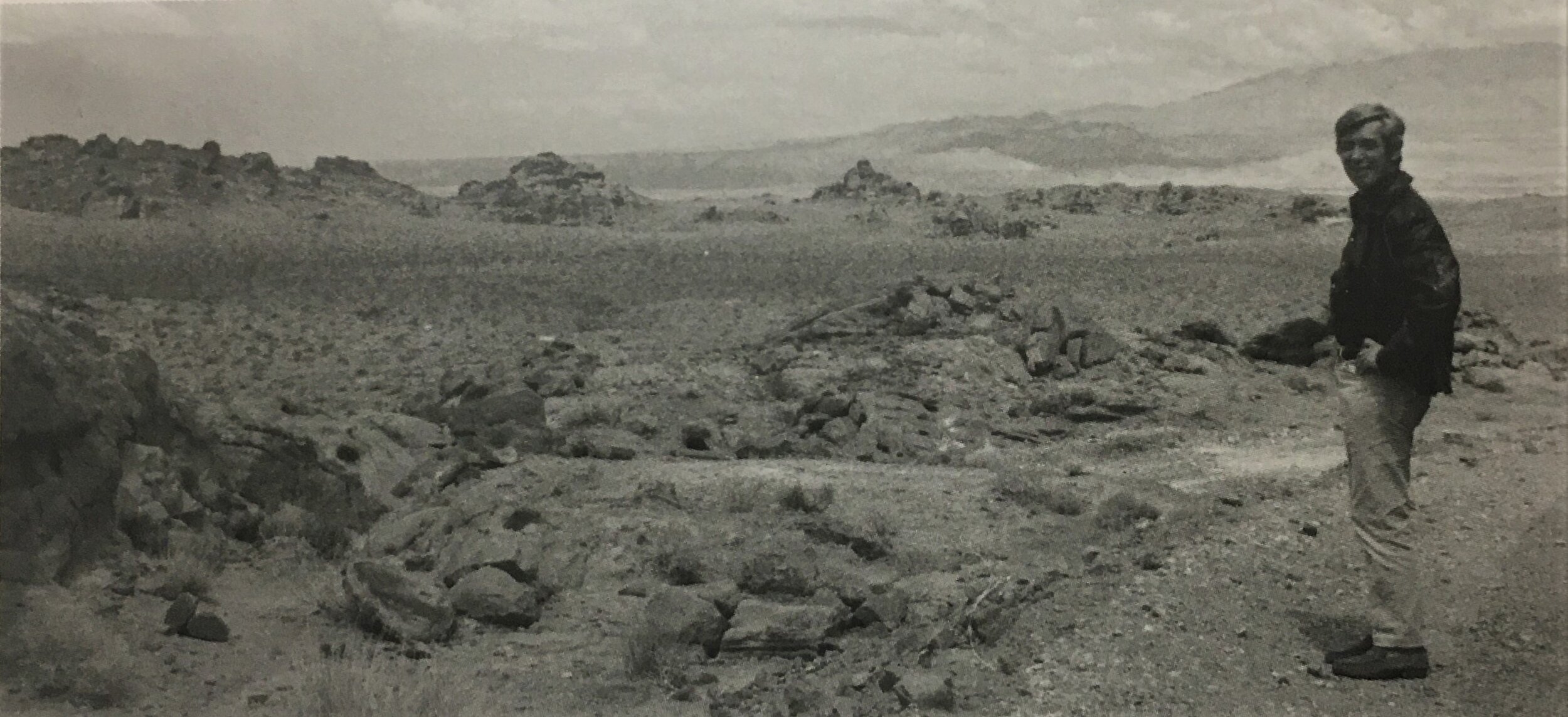
“On the trail of Tintin in America, 1971.”
Daubert, Michel, and Hergé . Tintin: the Art of Hergé. Abrams ComicArts, 2018.
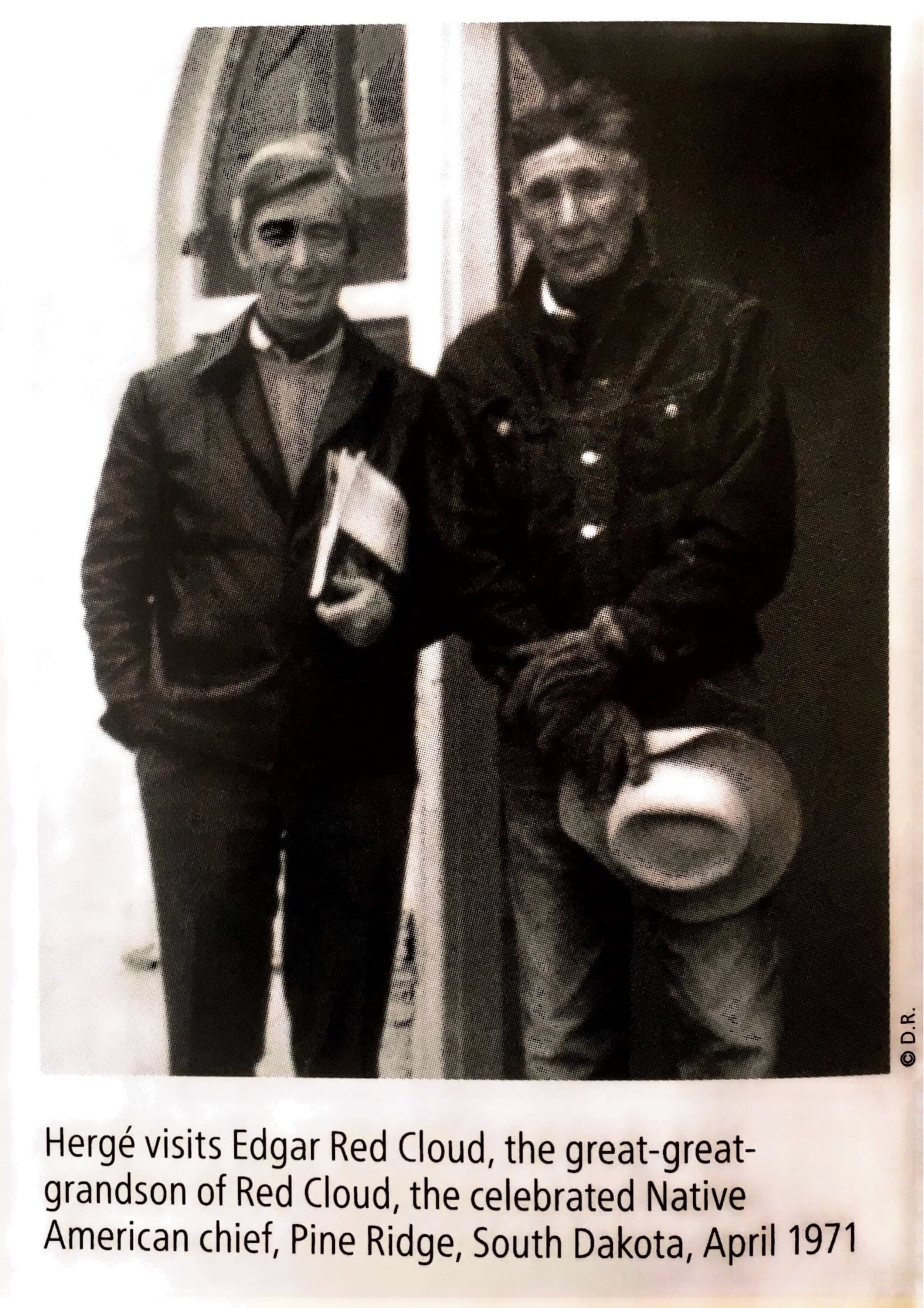
A dream fulfilled, forty years later.
Daubert, Michel, and Hergé . Tintin: the Art of Hergé. Abrams ComicArts, 2018.
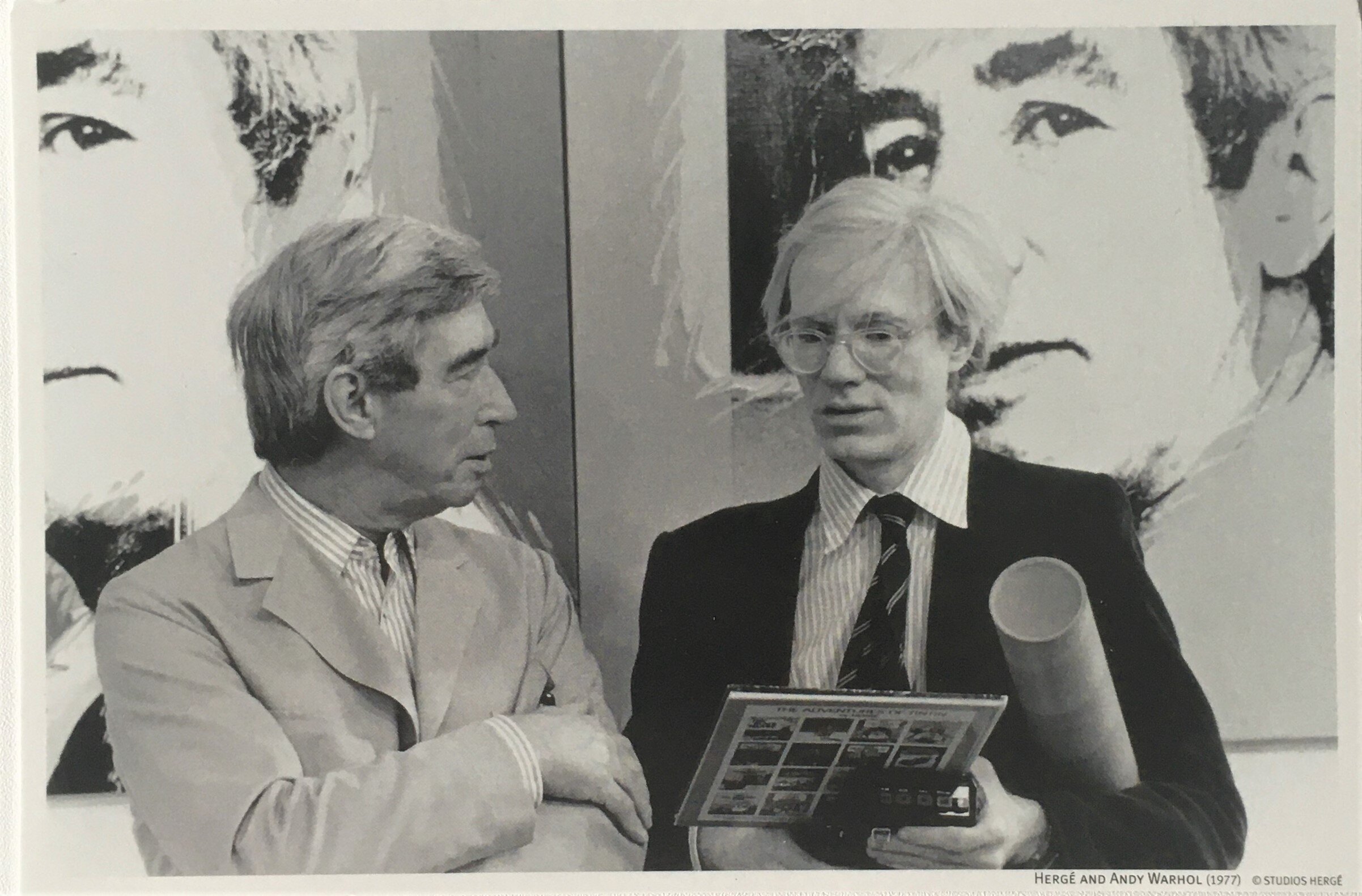
The anti-Americanism Herge inherited from Father Wallez would soften over time, and he would come to admire many American artists and cartoonists. Meeting with Andy Warhol in 1977, the pop artist similarly professed he had always been a Tintin fan.
Daubert, Michel, and Hergé . Tintin: the Art of Hergé. Abrams ComicArts, 2018.
